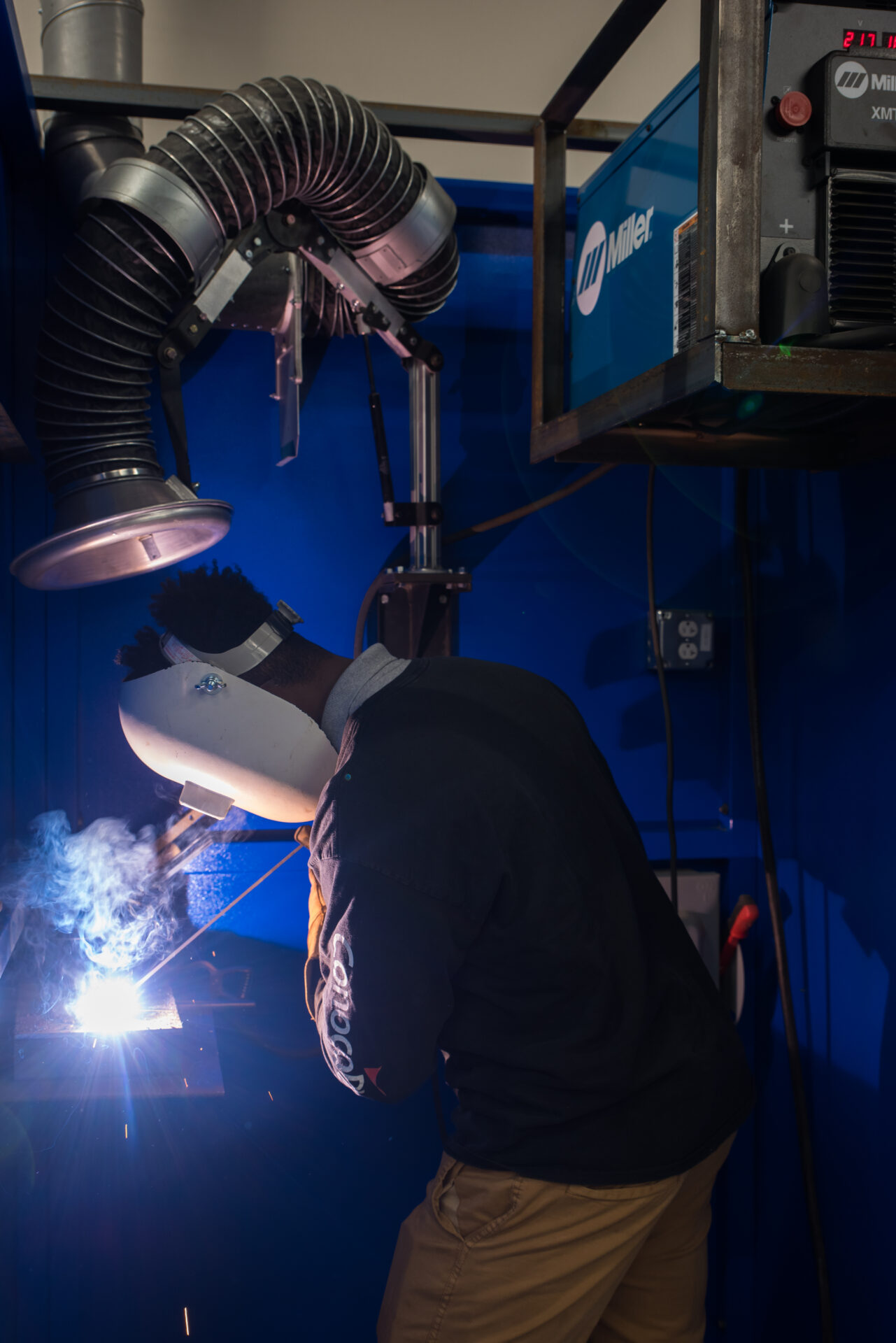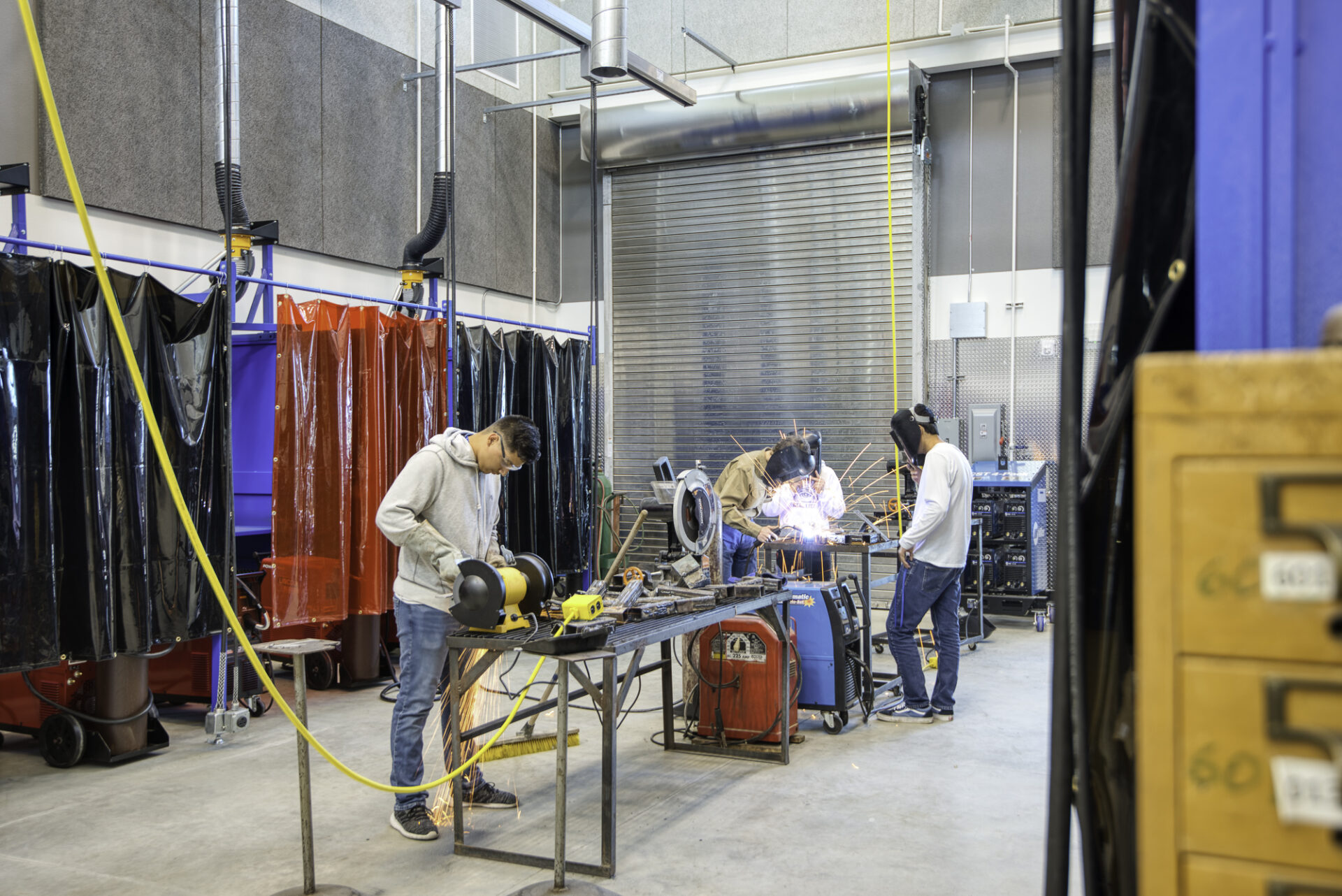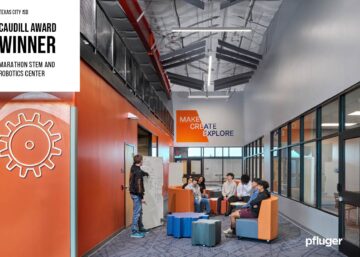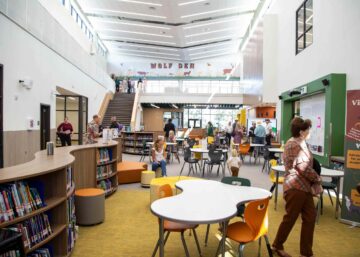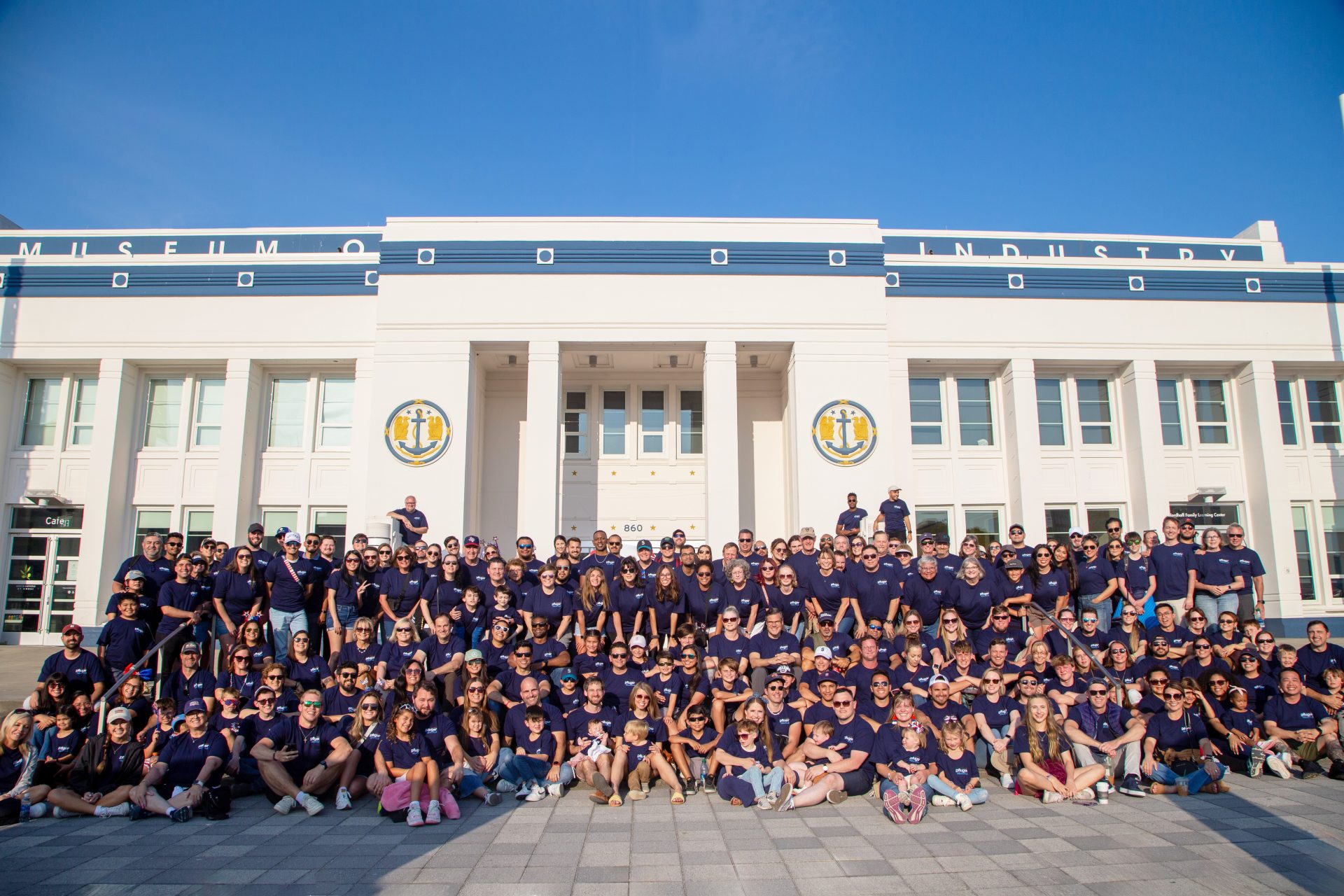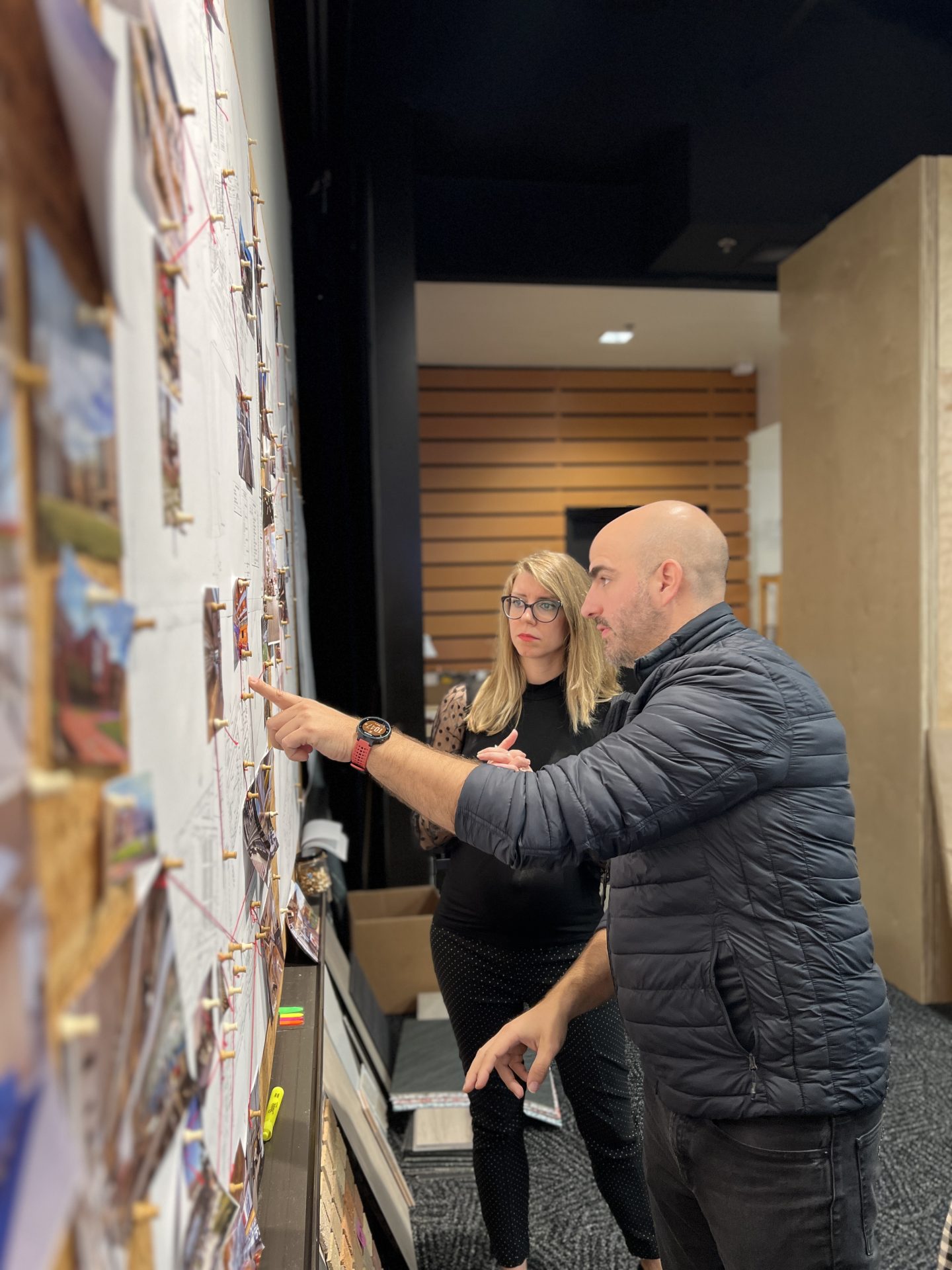In 2013 the Texas legislature passed HB5 which required school boards to introduce career and technology education (CTE) options. By the 2020-21 school year, a more robust plan of study is being presented to meet the federal Strengthening CTE for the 21st Century Act (Perkins V).
We want to highlight three high schools that have embraced CTE programming and Industry-Based Certifications (IBCs) with positive results.
DEL VALLE HIGH SCHOOL
Del Valle ISD’s Del Valle High School, located in a federal Economic Opportunity Zone, supports a community that is 90% economically disadvantaged. The school offered students many CTE options, but the classes were scattered throughout the school, so they never fully understood the options available to them. In 2016, the district decided to highlight these programs by creating a Career and Technical Innovation Space (CTIS).
A CTE planning committee dove into regional data for job postings and projected growth for occupations related to CTE sequences. They listened to experts on regional trends and strategies for education/industry partnerships and came up with a masterplan linking the campus and community. Students can now earn college credit and industry certifications in 21 career pathways that support the regional workforce. The resulting CTIS addition includes unique classrooms that provide hands- on learning opportunities. These spaces include:
· hospital lab with model ambulance
· biotechnology learning center
· mock courtroom
· forensic science instructional space
· IT cyber-security networking lab
· automotive technology workshops
· professional print studio
· engineering makerspaces
· culinary arts
· automotive technology
· construction area for tiny-house building and trailer manufacturing
When students work in groups on projects, which this space promotes at every turn, the soft skills needed and demanded by employers are developed.
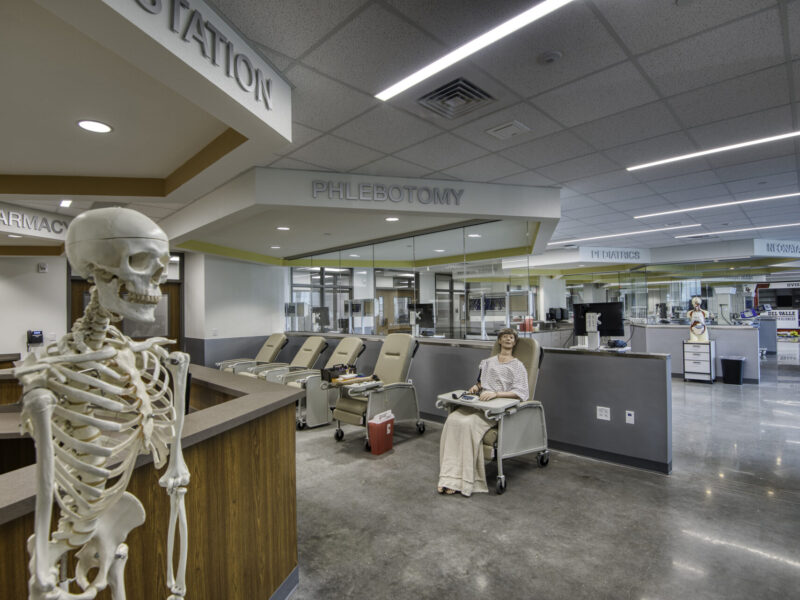

When the CTIS opened, the size and scope of the available programs created interest and improved perceptions of career-oriented coursework. Enrollment in CTE courses increased by 18% in the first nine months. Now, more than half the student body is enrolled in a coherent sequence of CTE.
The high school’s partnerships with local colleges, universities, and businesses are exposing students to opportunities they didn’t realize were possible. Students are engaging and finding they can be successful with or without a college degree. Certifications have increased from 450 to 1,100 in the nine months the CTIS has been open. That is a 60% increase in IBCs in less than a year.
Legacy High School
The campus, in programming and design, emphasizes student engagement through interaction and participation. Highlighting career programs and STEM opportunities.
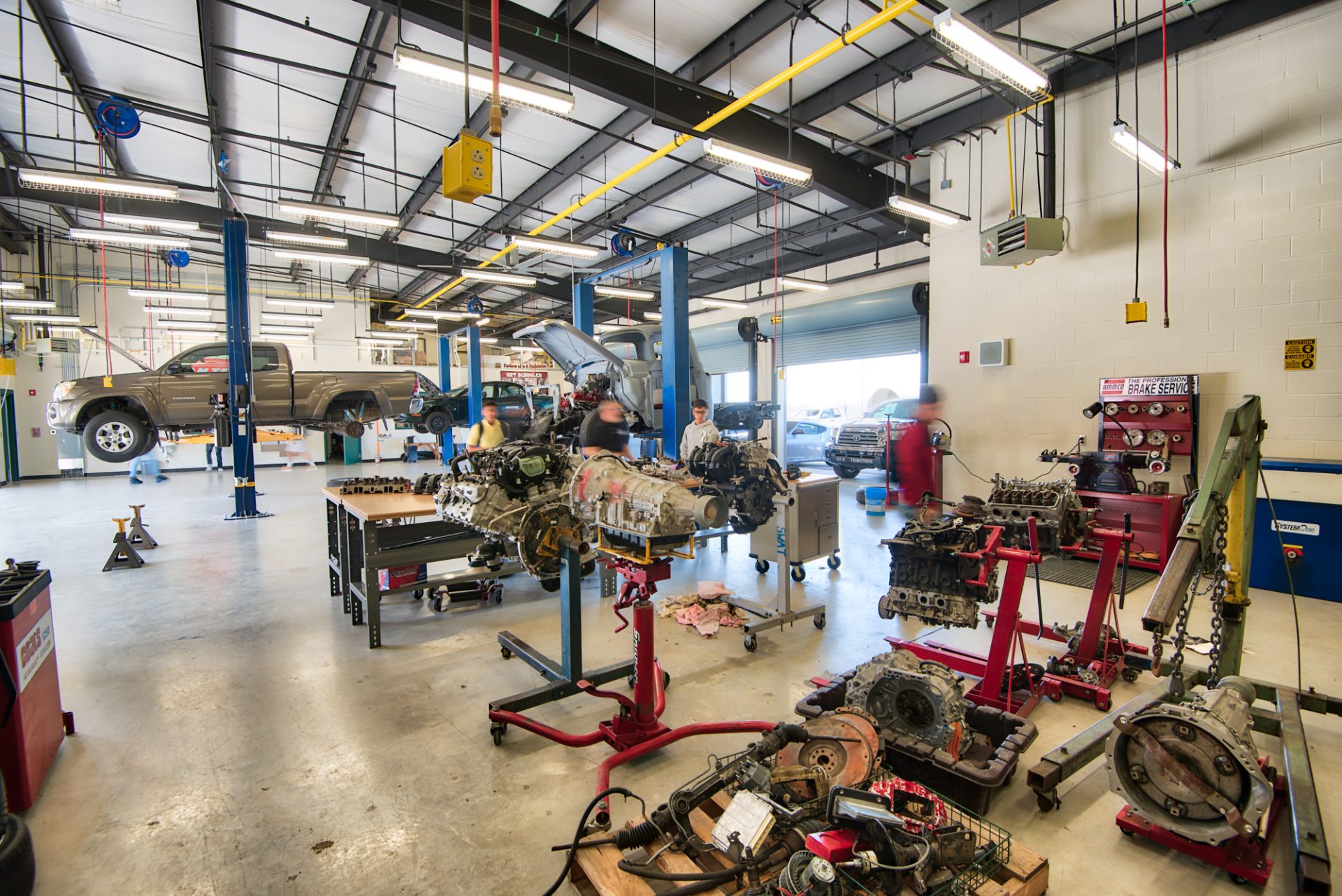
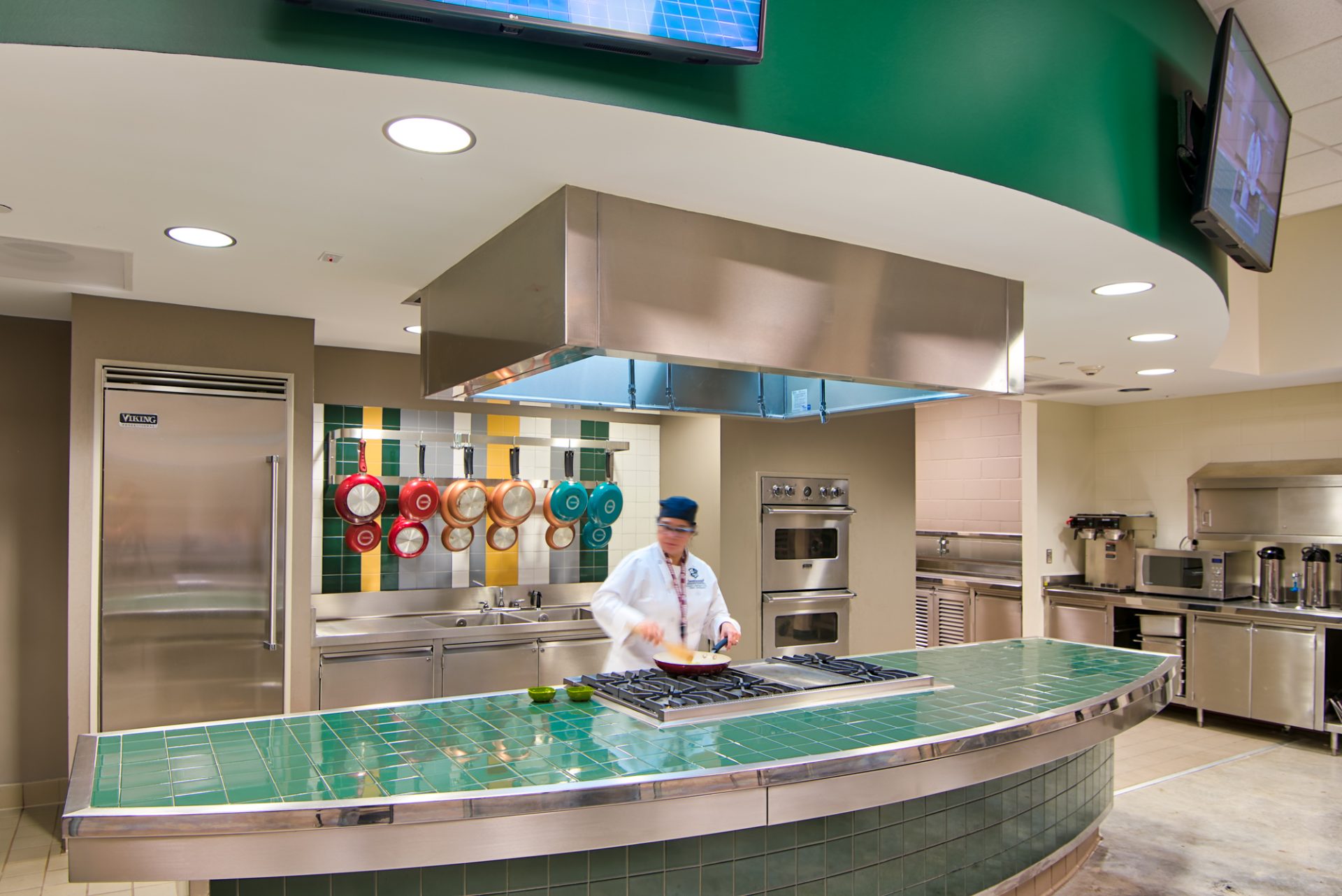
A 33-member committee from Southwest ISD reviewed current district offerings, and state recommended CTE clusters. They visited local schools, looked into best practices, and assessed local economic drivers, career forecasts, and certification options. The result was a recommendation for the following career and technology sequences which include:
· Law and Public Safety
· Information Technology
· Health Science
· Construction and Manufacturing
· Business and Finance
· Arts, A/V Technology and Communications
· Agriculture, Food and Natural Resources
The school’s layout draws from the fluid pedestrian circulation of shopping malls. The library, auditorium, and indoor- outdoor food court serve as the anchor tenants while academic classrooms are the smaller retailers – selling their sequence or career path.
The CTE and STEM learning spaces are located off the “Rio” with large “storefronts” to display and encourage learning opportunities. For instance, the Culinary Arts Studio opens onto the Rio and becomes a pop-up restaurant called the Spectrum Cafe, where students can grab lunch and congregate. Alternatively, they can take their lunch to the campus’ College Café where they can get advising from a college admissions counselor or sit with friends and watch what’s going on in the campus’ production broadcast studio.
With CTE at the forefront of the high school’s design, it was vital to assure the spaces aligned with the curriculum. The school is designed to let students seamlessly shift between general academics and career-focused courses. With courses supporting certifications ranging from NCCER Welding, Texas Master Florist, and Texas Hunter Education Certification to Adobe Certifications, Bookkeeping Fundamentals, Pharmacy Technician and Nursing Assistant Certifications, the classroom spaces require both flexibility and course-specific equipment.
An example of course-specific equipment and design is the auto shop. Located at the rear of the campus and using the fire lane to access the six bays, the space is fitted with hydraulic lifts and state of the art tools and equipment. There is an autobody shop, paint booth, and next door is where the welding classes are taught. Toyota has a manufacturing plant within 5-miles of the school and has been a supportive partner offering internships that can lead to post-graduation jobs.
The facility provides students with diverse spaces that accommodate multiple academic paths. Today, education is not standardized. This campus celebrates differences in learning styles and skill areas. With the specialized CTE spaces on this campus, student educational-life experiences will set up future possibilities for the student and the community.
Southside High School
The Lafayette Parish School System in Lousisianna built Southside High School to alleviate overcrowding at the existing high school and promote engagement, collaboration, and inquiry.
CTE programs were driven by industries in the local economy,and focus on career training in energy, agriculture, and natural resources. The design of the three-story building features a makerspace at the heart of the school that provides a hands-on workshop for students to design, create, and explore their ideas.
Working with the Parish, Abell + Crozier Architects and Pfluger developed conceptual plans to transform the educational experience for students at this high school. The process started with a four-day design charrette that included members of both firms and the district, working together to develop three options that could be presented to the school board and members of the community.
The new high school’s focus on CTE programs, encourages students to stay in school and receive certifications to begin working after graduation.
